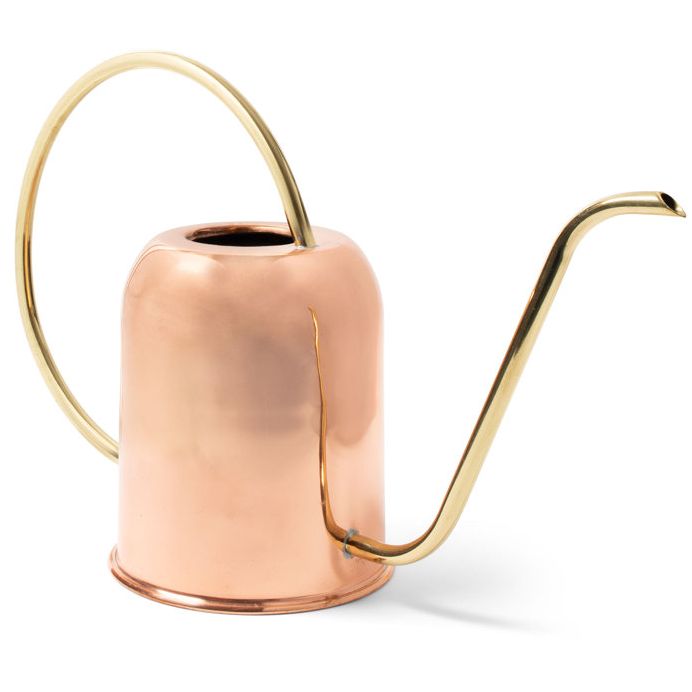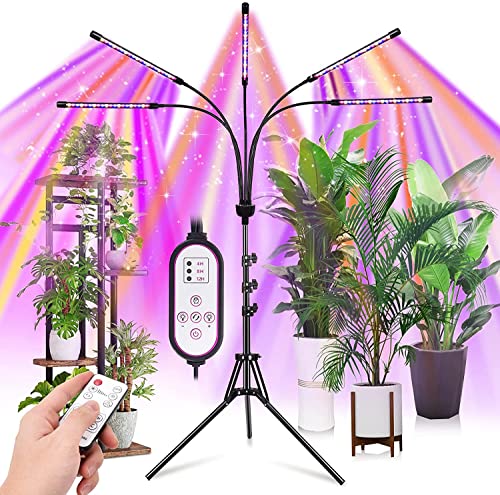This is Your Final Warning to Bring These 7 Plants Indoors Before the Frosts – or Risk Losing Them Forever
It includes some you may not have thought about overwintering until now

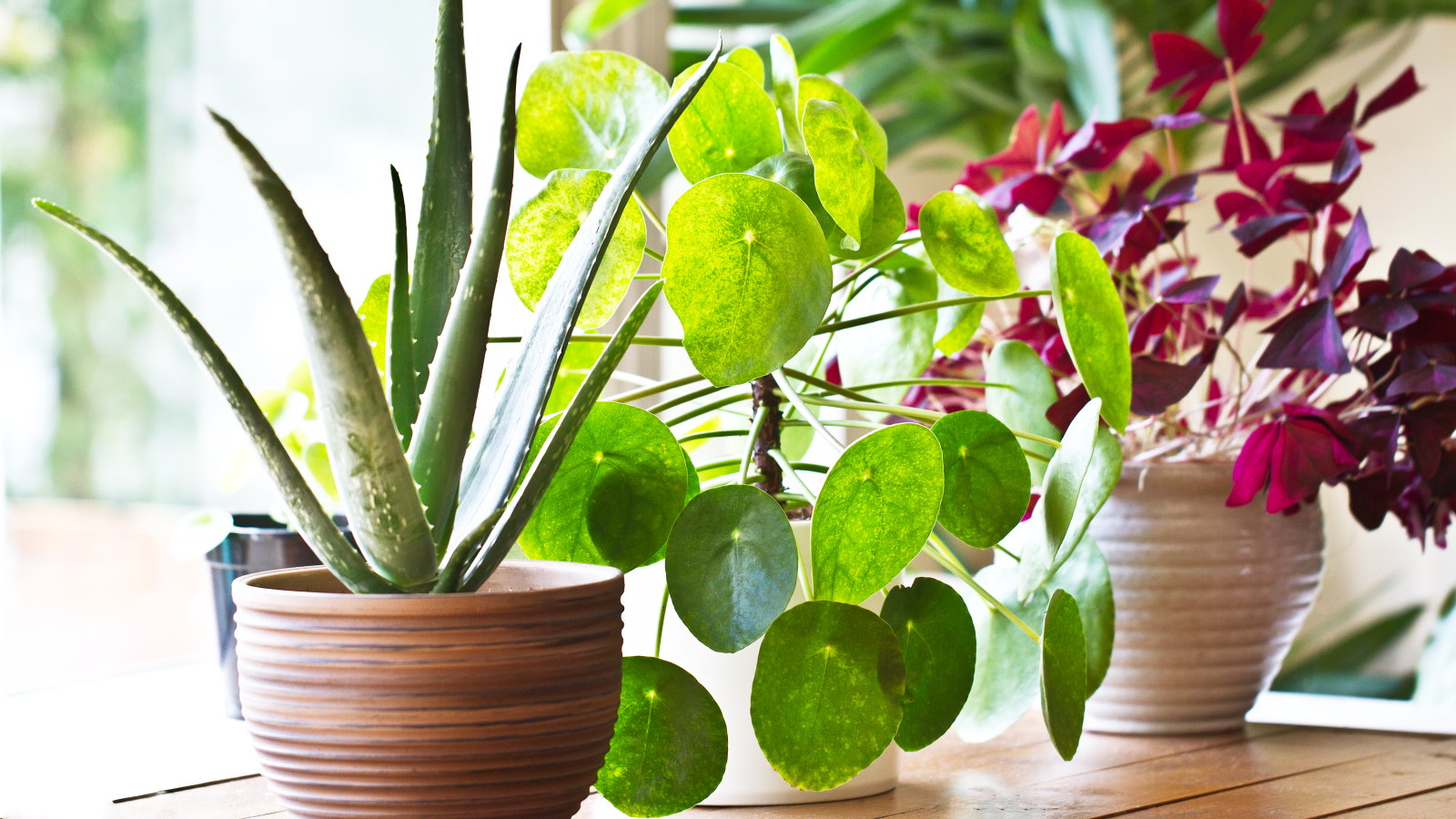
As fall rolls on and temperatures drop, a gardener’s mind needs to focus on moving tender plants indoors to protect them from the incoming frosts. If your overwintering plans haven’t kicked into overdrive yet, it must do so this month, as time is counting down.
To help you get planning, this guide highlights seven plants to bring indoors in November so they don’t perish in the cold. It includes classic cold-hardy plants, tropical indoor plants that can spend summers outside but must be brought back in, and a couple of plants that some gardeners often treat as annuals and might be surprised can be overwintered indoors.
When your deadline is to overwinter these plants indoors will depend on your US hardiness zone. However, for each of these plants to bring indoors in November, I reveal the ideal spot to overwinter them, along with a few tips for keeping them healthy for the months ahead.
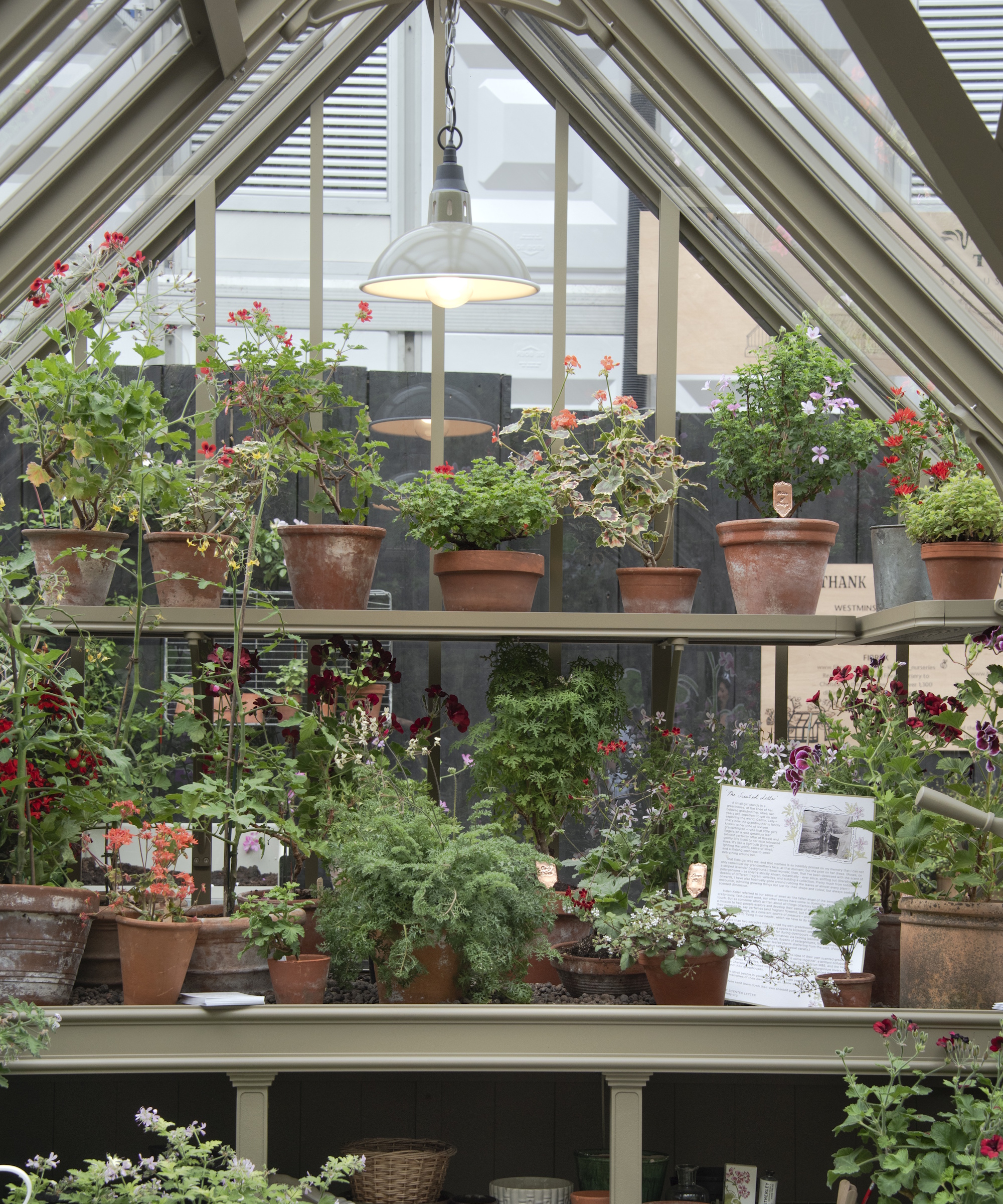
7 more plants to bring indoors in November
Last year, I highlighted some tender plants that gardeners need to consider lifting and bringing indoors in November. This includes the likes of dahlias, citrus trees, cannas, olives, and begonias.
All of those mentioned on the initial plants to bring indoors in November from 12 months ago must be on your to-do list for overwintering plants indoors this month.
However, as more plants will need your attention too, here are seven more plants to bring indoors in November and add to your fall gardening checklist.
1. Agapanthus

Agapanthus are universally adored for their spectacular tall spikes of blooms, but they are tender plants that need protection in winter in all but the warmest US hardiness zones.
Design expertise in your inbox – from inspiring decorating ideas and beautiful celebrity homes to practical gardening advice and shopping round-ups.
Deciduous varieties of agapanthus are a bit hardier than evergreen types, but both will benefit from some TLC to get them through winters in US hardiness zones 8 and below.
If you grow agapanthus in containers, it can be as simple as moving containers indoors into an unheated greenhouse or porch, or you can place the pot next to a south-facing wall for protection.
The alternative is to lift the rhizomes, let them dry for a few days, and winterize agapanthus indoors in a box filled with shredded paper.
2. Bromeliads

Bromeliads bring a tropical garden vibe wherever they grow, and in many climates, they make fantastic houseplants to grow outdoors during the summer months.
They are tropical plants that can only live outside permanently in US hardiness zones 10+, so elsewhere they need to be indoor plants during winter to shelter from the cold. You want to keep a close eye on local weather forecasts, and bring bromeliads indoors once the nighttime temperatures are predicted to drop to around 50°F.
When moving plants indoors to care for bromeliads during the colder months, it is advisable to inspect the plant and the pot for any pests. They can harbour aphids or mealybugs that will enjoy spending their winter inside the home.
To combat this, spray plants with insecticidal soap to get rid of aphids and other small pests, such as this ready-to-use insecticidal soap at Walmart.
3. Coleus
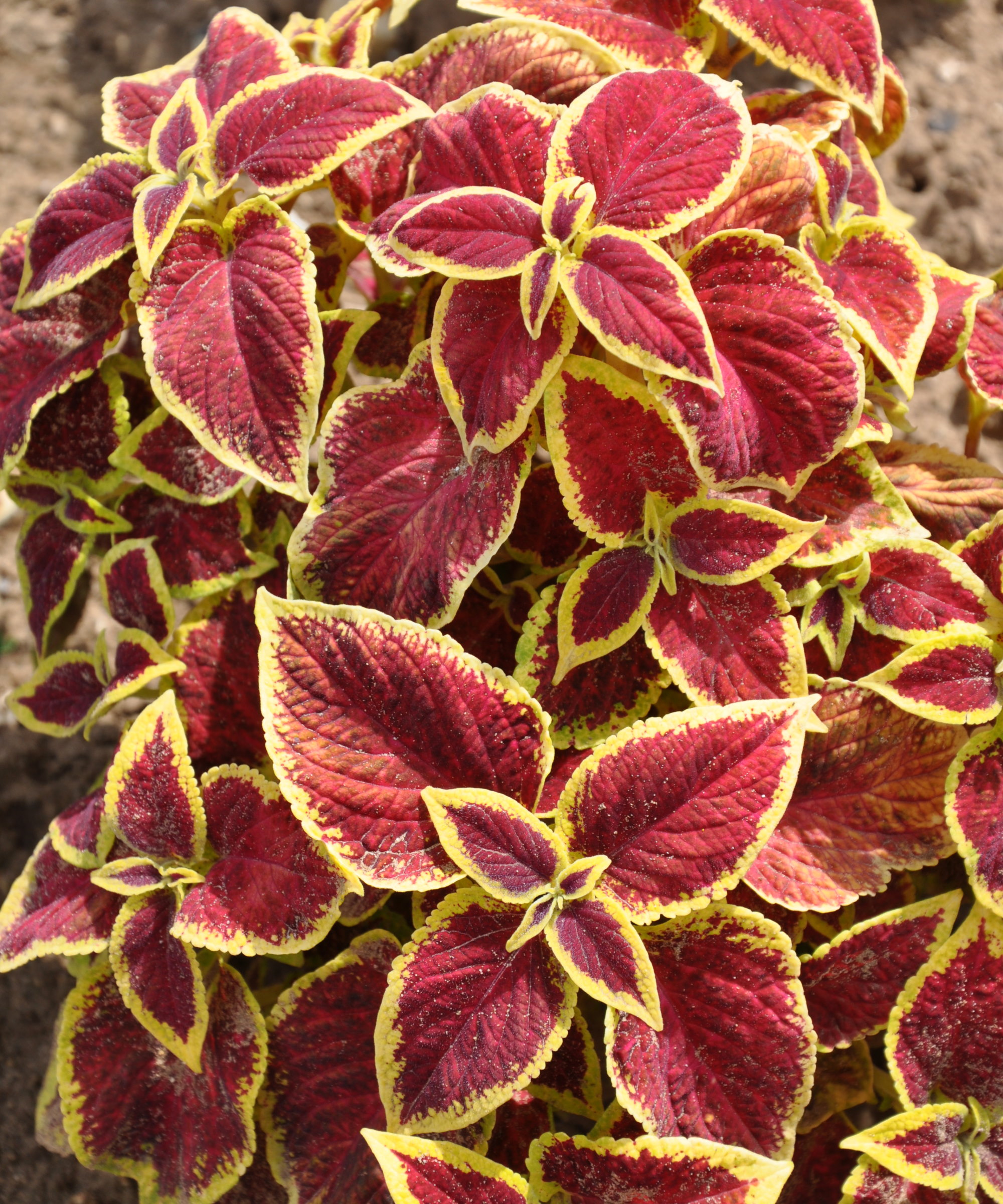
Coleus are popular foliage plants, thanks to their unique leaves in striking shades ranging from deep purple to lime green. But they are sensitive to frost.
Many gardeners routinely grow coleus as an annual plant and throw them away once the first frosts kill them, but you can overwinter the plants indoors to enjoy them the next year.
Bring the plants indoors once the temperature looks set to drop below 50°F. Either move container plants or pot up coleus growing in mixed planters or flower beds.
The pot should be kept in a warm location, ideally somewhere that gets indirect sunlight. You can gently cut back coleus throughout winter by pinching back to growing stems to keep the plant compact and bushy.
An alternative way to overwinter them is to propagate coleus by taking plant cuttings in the fall, before the frosts.
4. Fuchsias
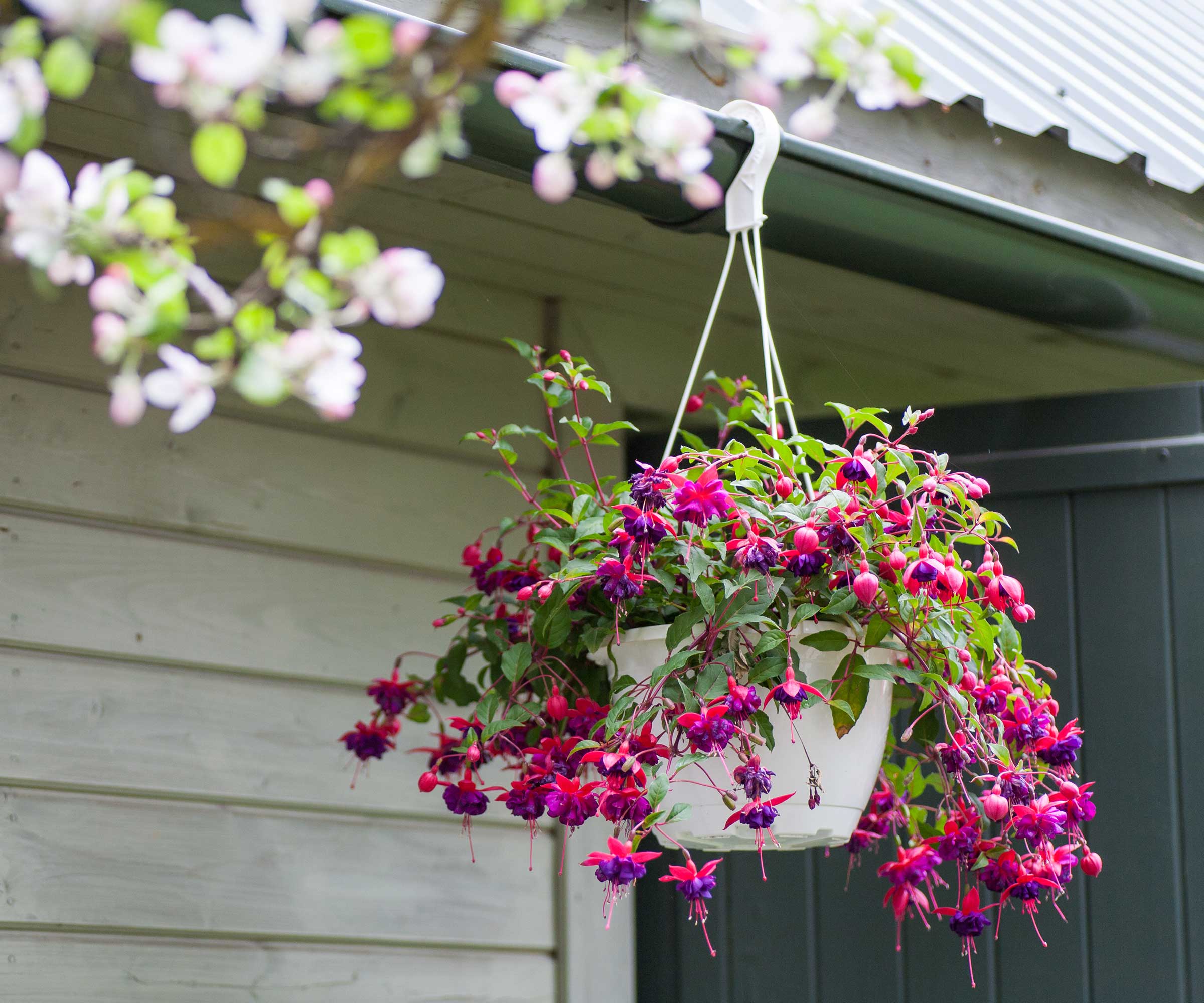
Tender fuchsias are popular plants for adding color and drama to summer displays. Many gardeners grow tender fuchsias in hanging baskets or containers, where the trailing habit allows the flowers to cascade over the edges for a beautiful display.
They are another that many people discard come winter, but it is not difficult to overwinter fuchsia rather than chuck them away.
Potted tender fuchsias can be kept as houseplants over winter, but they are finicky when growing indoors. The easier way to care for fuchsias over winter indoors is to keep them as dormant plants.
To do this, cut back the fuchsias and bring them indoors into a dark, frost-free place, such as a garage, basement, shed, or outbuilding. Water them infrequently, just to prevent the soil from drying out, over winter, and they can go back outside after the frosts in spring.
5. Herbs
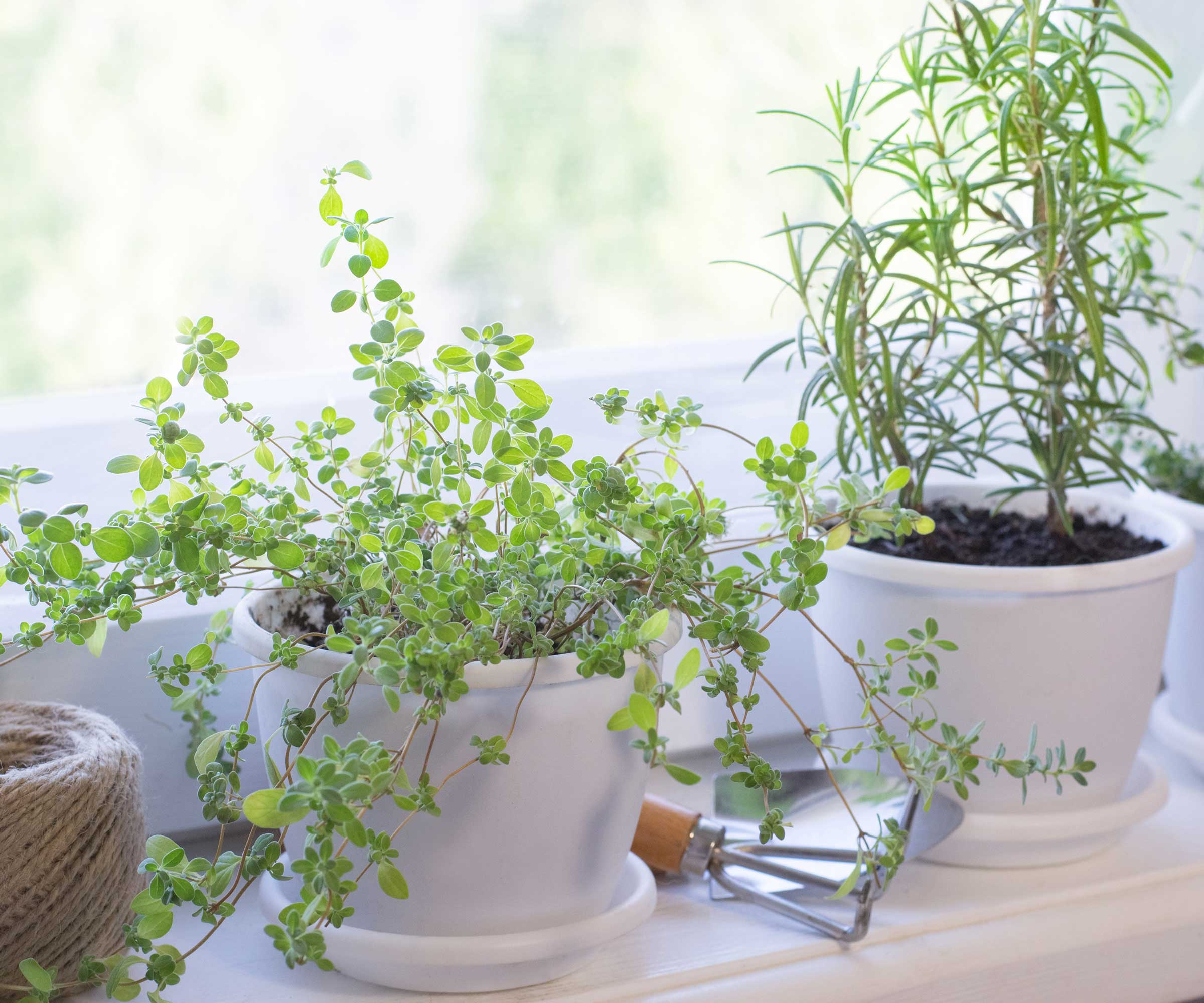
Why not have a little indoor herb garden for the winter, perfect for fresh pickings of leaves throughout the winter months? Pots of herbs on a kitchen windowsill won’t grow massively during winter, but they will still provide harvests for all manner of festive meals.
Potted tender herbs like dill, parsley, and chives can all thrive on a sunny windowsill, along with other hardier plants like sage, rosemary, and mint, provided they get six hours of light per day. Indoor herbs can benefit from extra humidity, so place them on a pebble tray for plants. (like this humidity tray with decorative rocks available at Amazon)
Check the plants for pests before bringing them into the home, and deal with any issues before relocating them indoors. Also, take care not to overwater them when growing indoors.
6. Pelargoniums

Pelargoniums, or hardy geraniums, are tender perennials with bright flowers and highly fragrant foliage.
There is a wide range of plants to choose from, with a variety of unique scents available, and they can continue flowering indoors over winter, even at temperatures of 45-50ºF. If you move them indoors before frost, you can enjoy the blooms and aromas for longer, which is a much preferred alternative to throwing away plants.
To overwinter geraniums indoors, bring pots under cover (you may need to pot up plants in flower beds or larger container displays) and place them in a bright, frost-free position, such as a greenhouse, conservatory, sunroom, or sunny windowsill.
Water them every few weeks, once the top two inches of soil dry out, and pinch back the stems to encourage new shoots.
You can lift plants and overwinter them bare-root, stored wrapped in newspaper in a frost-free shed or garage. However, this method doesn’t allow you to enjoy their virtues through the winter.
7. Succulents

Non-cold-hardy succulents and cacti, including aloe, echeveria, crassula, aeonium, senecio, and many sedum varieties, need to be brought indoors before the first frost. You can keep succulents indoors over winter in a greenhouse, conservatory, or in front of a bright south-facing window.
It is beneficial to water them deeply a few days before bringing them inside, and give your succulents some care by inspecting for pests, removing any debris, and giving the pots a brush so your displays look their best.
The biggest mistake to avoid when caring for succulents in winter is avoiding overwatering. Many succulents are dormant during winter and need water sparingly when the soil dries out. Giving them too moisture is a common cause of root rot in succulents, especially during winter.
If you intend to overwinter plants indoors as houseplants for the colder months, they do need to be prepared for their new life inside. It is done in the reverse way of hardening off plants in spring to acclimatize them to a new outdoor life after spending time in a warm, protected environment.
Gradually expose the plants to more warmth, increasing their time spent in a warmer environment a bit at a time, before bringing them fully inside. This gradual approach is preferable to shocking them with an instant transition from outdoors to indoors, which can stress plants and cause them to drop leaves.
Shop your indoor plant kit

Drew has worked as a writer since 2008 and was also a professional gardener for many years. As a trained horticulturist, he worked in prestigious historic gardens, including Hanbury Hall and the world-famous Hidcote Manor Garden. He also spent time as a specialist kitchen gardener at Soho Farmhouse and Netherby Hall, where he grew vegetables, fruit, herbs, and cut flowers for restaurants. Drew has written for numerous print and online publications and is an allotment holder and garden blogger. He is shortlisted for the Digital Gardening Writer of the Year at the 2025 Garden Media Guild Awards.

